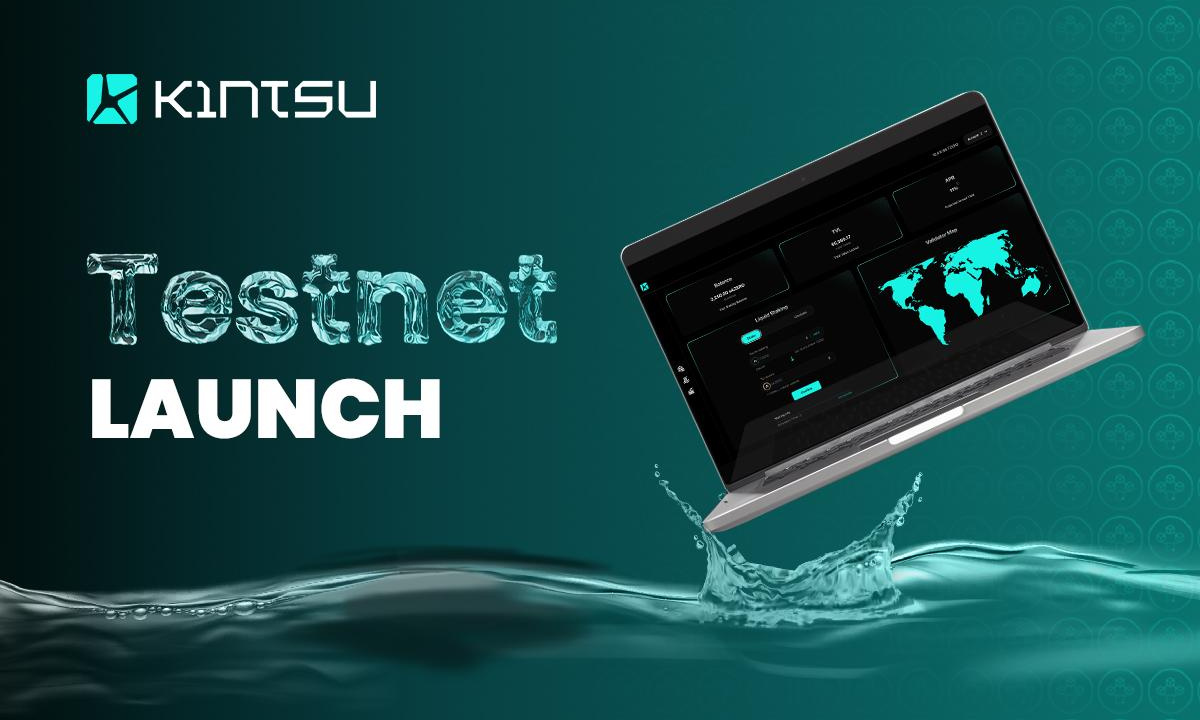LayerZero Has Been Invested by a16z, A Bright DeFi Future is Openning

a16z has announced their investment in LayerZero, a cross-chain communication protocol designed to alleviate the current limitations of omnichain activity. LayerZero is a trustless protocol that will enable users to send tokens or any kind of message in a single transaction across applications that live on various chains. Unlike traditional bridging, which requires users to lock their assets, or blockchain networks that utilize a single relayer or facilitate transactions between fast-finality chains, LayerZero is generalizable enough to run on any chain, across the full spectrum of security and scalability assumptions.
With LayerZero, you also only need to pay for gas once, on the source chain.
The team, co-founded by Bryan Pellegrino, Ryan Zarick, and Caleb Banister, is brilliant and stood out to us for their inventive solution to the interoperability problem that goes well beyond what is currently available in the market. Bryan is a two-time founder in online fantasy sports and predictive AI and has a past life as a poker champion – another field where game-theoretic assumptions reign. Ryan was a founding CTO with Bryan on the sports startup and has been a three-time co-founder with Caleb in both AI and blockchain-related startups.
Cross-chain messaging presents a number of challenges that LayerZero proposes to solve. The first is trust: how do you verify that a valid transaction on one chain is sent to and reflected on another? LayerZero’s approach is to split responsibility between a relayer and an oracle; the relayer submits proof for a transaction, while the oracle is responsible for broadcasting the block header on which the transaction occurs. This provides a strong guarantee that a transaction is valid.
As with many hard problems in blockchains, the second challenge is really a trilemma: what Ryan calls “The Bridging Trilemma.” Bridges strive to deliver fast finality (rapid bridging from a source chain to the destination chain), shared liquidity across chains, and the ability to use native assets as opposed to their wrapped counterparts. Meanwhile, shared liquidity across chains is extremely difficult for cross-chain applications to facilitate.
LayerZero’s answer to the bridging trilemma is Stargate, an automated market maker that lives on top of the LayerZero protocol, and will launch alongside LayerZero on the mainnet. This video from Bryan compares the drawn-out process of swapping across decentralized exchanges and bridges (which can take anywhere from 36 to 52 clicks, and up to 13:39 minutes) versus transacting on Stargate, which can achieve the same outcome in a single click.

LayerZero is currently live in beta and has launched across EVM-compatible chains like Ethereum, Avalanche, Polygon, BNB Chain, Fantom, Arbitrum and Optimism, with integrations coming further down the line on chains like Solana and Cosmos. While the first applications to integrate with LayerZero will likely be in decentralized finance, it’s worth emphasizing that cross-chain lending, yield aggregation, and trading are only the beginning. As a generalized messaging protocol, LayerZero can support a wide range of applications: games where an NFT lives on Ethereum’s mainnet, but scales transactions and activity on a rollup, governance for a DAO that is deployed across multiple chains, and a lot more.
DISCLAIMER: The Information on this website is provided as general market commentary and does not constitute investment advice. We encourage you to do your own research before investing.
Join CoinCu Telegram to keep track of news: https://t.me/coincunews
Follow CoinCu Youtube Channel | Follow CoinCu Facebook page
Hazel
CoinCu News



















